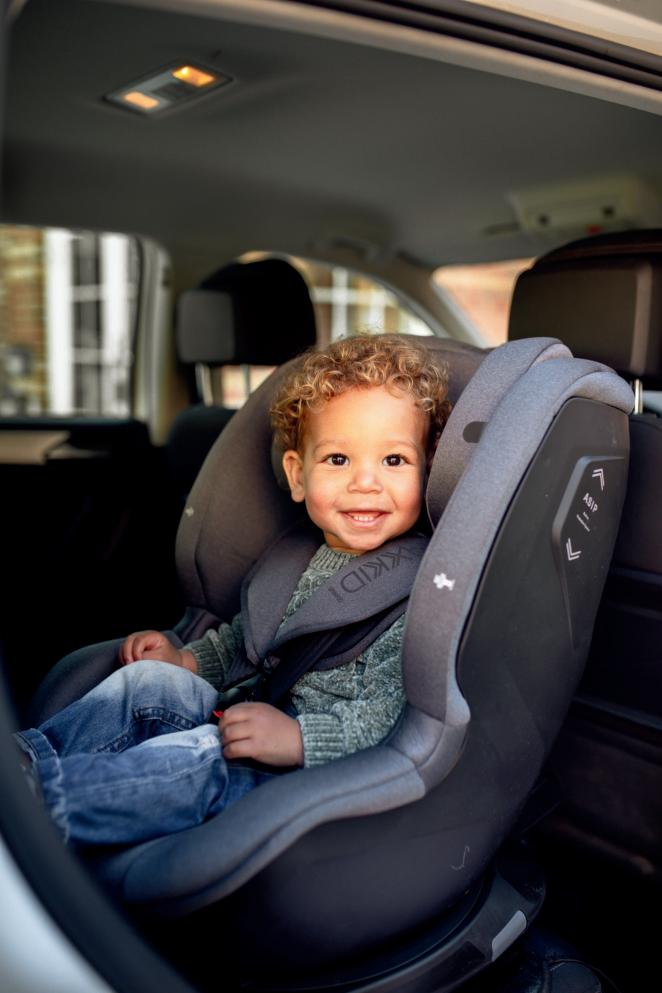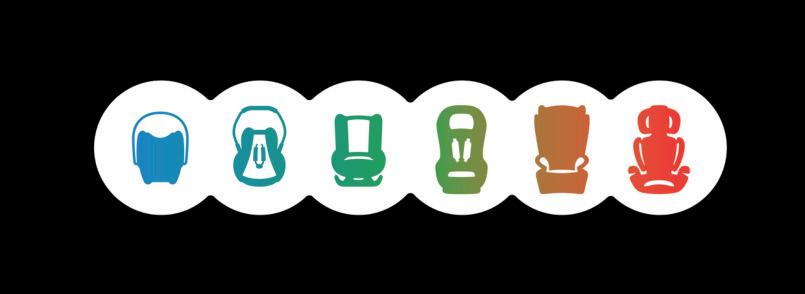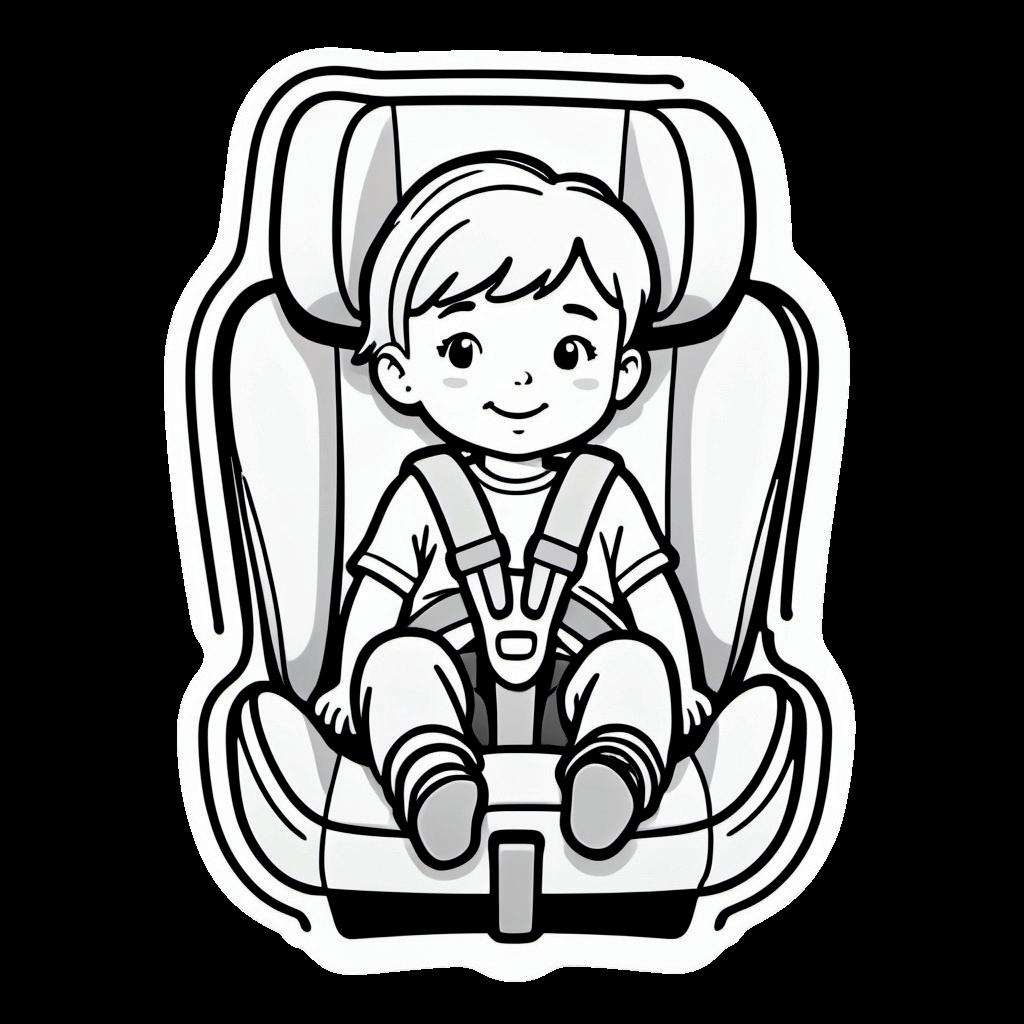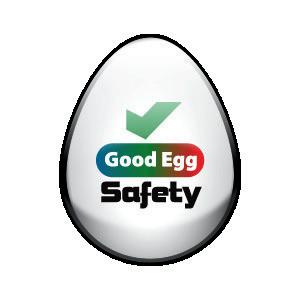








Yourchild’ssafetystartswiththerightfit.Noteverychildseatfitseverycar —oreverychild.It’sessentialtochooseaseatthat’srightforyourvehicle andsuitableforyourchild’sheightand/orweightandage.Alwayscheck bothbeforeyoubuyorinstall.
Alwaysmakesuretheircarseatisproperlysecuredinyourvehicle—andthat yourchildiscorrectlystrappedin.Everycarandcarseatisdifferent,soalways followthemanufacturer’sinstructionsforboth.Thisleafletisheretogiveyou clear,practicaltipstohelpkeepyourlittleonesafeoneverytrip.



Nearly2outof3childcarseatsarefittedincorrectly.* Over4,250babiesandchildrenarekilledorinjuredinvehicleseveryyear.**
AfteraCrash,AlwaysReplace-Ifyou’reinvolvedinacollision, it’sstronglyrecommendedtoreplaceallchildcarseats—evenifthey weren’tinuseatthetime.Theimpactcancausehiddendamagethat affectstheirsafety.Alwayscheckwiththeseat’smanufacturerfortheir specificguidance.
Thisisalsowhyyoushouldneverbuyasecond-handcarseat —youcan’tbesureofitshistoryorseatintegrity.
Don’t leave loose items in the car—during a collision, they become dangerous missiles. Even a small object like a mobile phone can strike with the force of a brick, causing serious injury.
TwoWaystoFitaCarSeat - There are two main ways to install a car seat: usingthevehicle’sseatbelt or usingISOFIXanchor points. Bothmethodsareequallysafe—if installed correctly.
However, ISOFIX often reduces the risk of incorrect fitting. Many ISOFIX seats come with greenindicators to show when the seat is properly secured, giving added peace of mind.
infant carrier advice
ChecktheCarryHandlePosition–Onmanyinfantcarriers,thecarry handledoublesasarollbarinacrash,offeringvitalprotection.Always positionitcorrectly,asperyourcarseatmanual,beforeeveryjourney.
LimitCarSeatTimeforNewborns-Newbornbabiesshouldn’tbeinacar seatformorethan30minutesatatime.Stayinginaseatedpositiontoo longcanrestricttheirairwayandaffecttheirbreathing.
TheRightReclineMatters-Infantcarseatsaredesignedwithaslight inclinetohelpkeepyourbaby’sairwayopen.Thisanglepreventstheirchin fromfallingontotheirchest,whichcanrestrictbreathing.Alwaysfollowthe manufacturer’sguidancetomakesuretheseatisinstalledatthecorrect angle.
Rear-FacingforLongerIsSafer - While it’s legal to turn your child forward-facing earlier, the safest choice is to keep them rear-facing until they’re at least 4 years old.
That’s because a child’s neck and spine aren’t fully developed until around age 4–6. In a crash, their body isn’t strong enough to withstand the forward forces—putting them at risk of serious injury or even death.
Rear-facing seats provide crucial support and protection when it matters most.
If rear facing, the straps should come out of the back of the child seat level or slightly below the child’s shoulders. If forward facing, the straps should be level or slightly above the child’s shoulders.
Ensure no straps are twisted to evenly distribute the force across the body in a collision.
Straps should go across the pelvic bone when using a 5 point harness.

Harness straps should sit close to your child’s neck—not slipping off the shoulders. You should only be able to fit twofingers snugly between the strap and your child’s collar bone.
Don’t put thick/padded clothing on your child when travelling. In the force of a collision, the fabric will compress, and your child can be ejected from the car seat.
Is Your Child Ready to Travel Without a Car Seat? By law, children must use a car seat until they’re 135cm tall or 12 years old—whichever comes first. However, due to different torso heights, it’s best to wait until your child also passes the five-step safety check shown in this diagram.
The seatbelt should pass over their shoulder/ collar bone and not their neck.
The seatbelt should pass over their hip bones and not their stomach.

If the seatbelt sits across soft areas like the neck or stomach instead of strong bones like the collarbone and pelvis, it can cause serious internal injuries in a crash. Always check the belt fits low and snug over the hips.
The child can sit with their bottom at the back of the seat, with their knees bent over the edge of the seat and their feet flat on the floor.

High-back booster seats offer better protection than basic booster cushions. They support your child’s head, neck, and sides—especially in dangerous yet common side-impact crashes. Check your car’s headrests. They shouldn't push the child seat forward or block a safe, snug fit. Never remove the vehicle headrest.

Always refer to your car and car seat manufacturers manuals for the most accurate safety guidance tailored to your vehicle and seat. For more information visit: Thanks go to:
wigan.goodeggsafety.com
